Automotive industry terminology can be complex enough to make your head spin. But often it’s actually really simple. Consider the difference between twin-turbo and biturbo for instance.
You’d think that they’re completely different forced induction systems like sequential and parallel turbos, but in reality, the difference is so simple that it will surprise you.
In this guide, we’ll clarify the difference between twin-turbo and biturbo. We’ll also touch on the misconceptions associated with twin-scroll turbos and briefly compare sequential and parallel twin-turbo systems.
Biturbo vs Twin: How Do They Differ?
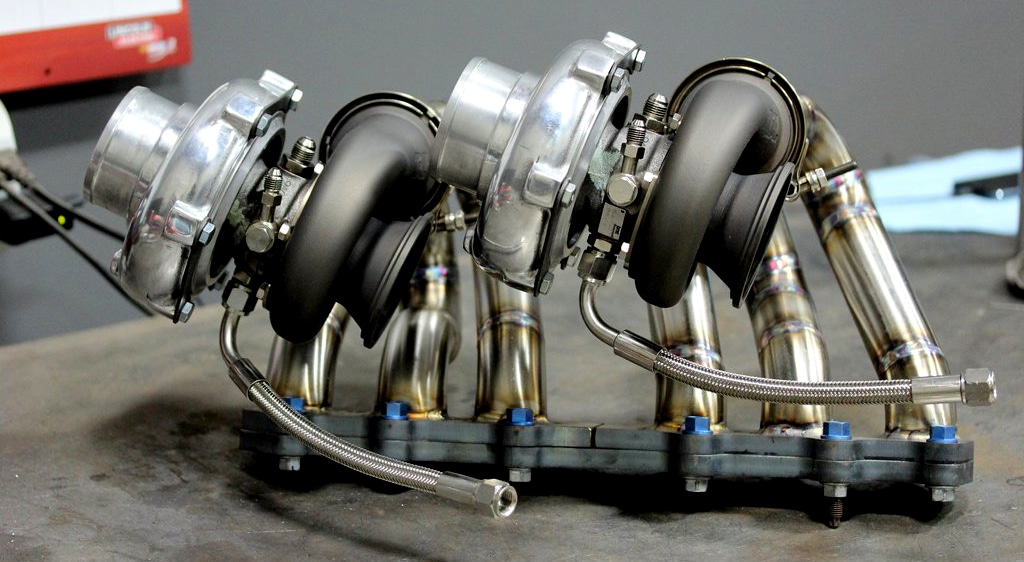
Truth be told, there isn’t really any difference between biturbo and twin-turbo engines. In other words, these terms are basically interchangeable — synonyms, if you will.
Manufacturers typically add their own spin on shared industry tech to differentiate themselves. Nissan’s VVEL and BMW’s Valvetronic for instance.

“Bi” and “twin” both imply “two”. So, twin-turbo and biturbo both refer to engines that have two turbochargers. There’s nothing else to it.
As for usage, Mercedes-Benz is popularly associated with the biturbo badge on their twin-turbocharged engines. Most other automakers stick to using twin-turbo.
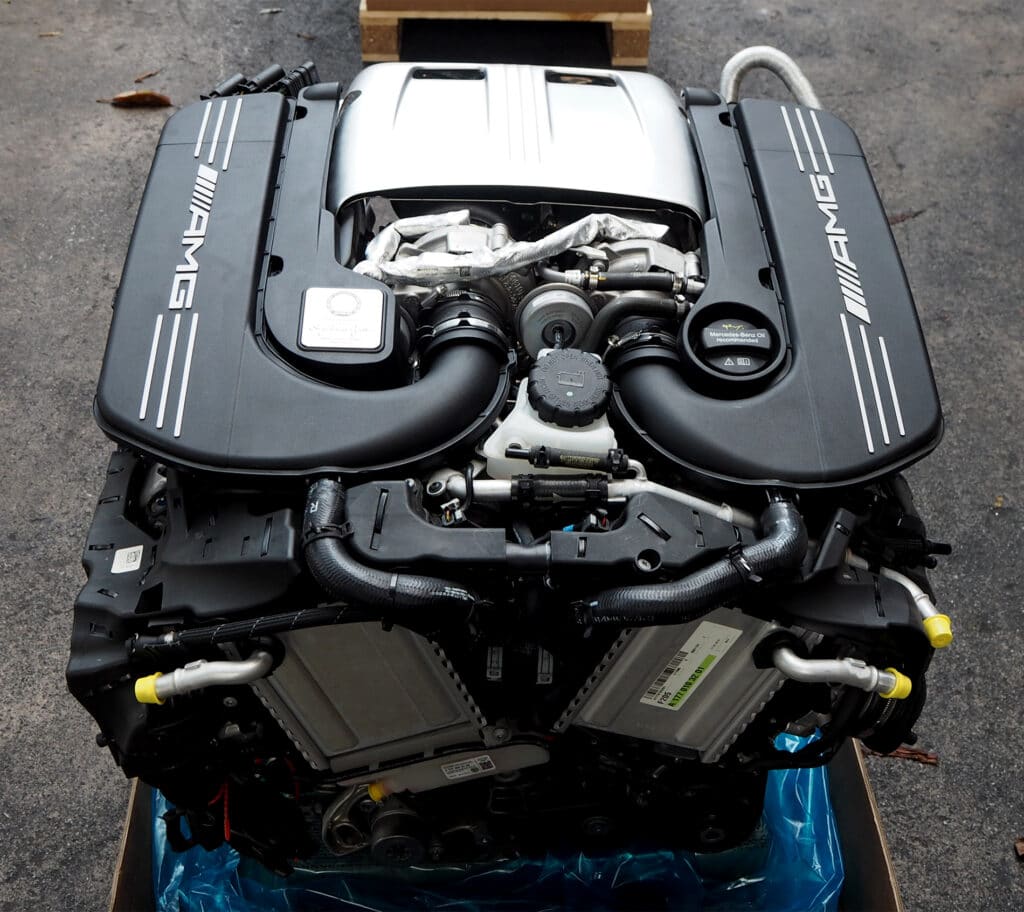
Twin-Turbo vs Twin-Scroll Turbo
Biturbo or twin-turbo is the use of two turbochargers, but twin-scroll systems use a single turbocharger with two separate scrolls.
In order to reduce exhaust interference for a faster spool time, the twin-scroll setup separates the exhaust pulses by collecting gases from different pairs of cylinders in an alternating sequence.
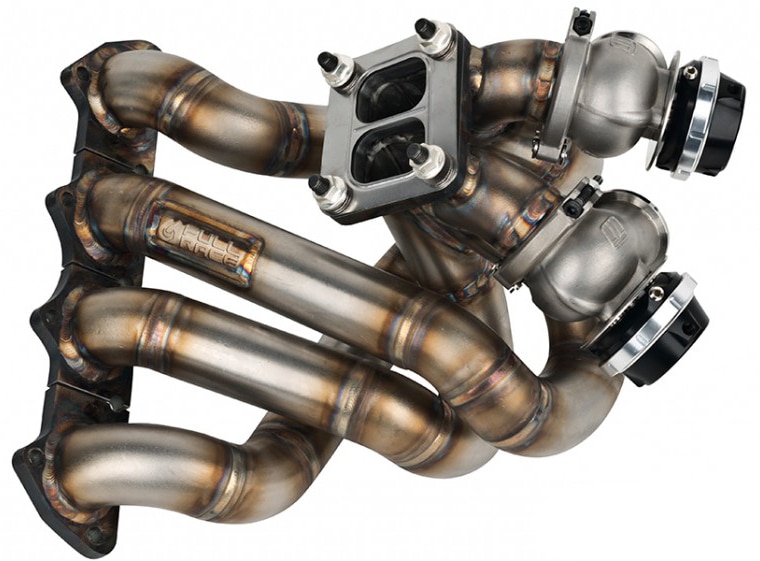
For example, a four-cylinder engine with a firing order of 1-3-4-2 will require a twin-scroll system that pairs cylinders 1 and 4, while the other channel pairs cylinders 2 and 3.
This way the cylinders have a better scavenging effect, and the exhaust pulses remain strong, spooling the turbo faster as a result.
Sequential vs Parallel
The most common twin-turbo designs are sequential and parallel. The latter involves the use of two turbochargers of the same size working together as one massive turbo. With this layout, the exhaust gases are routed to both turbos equally.
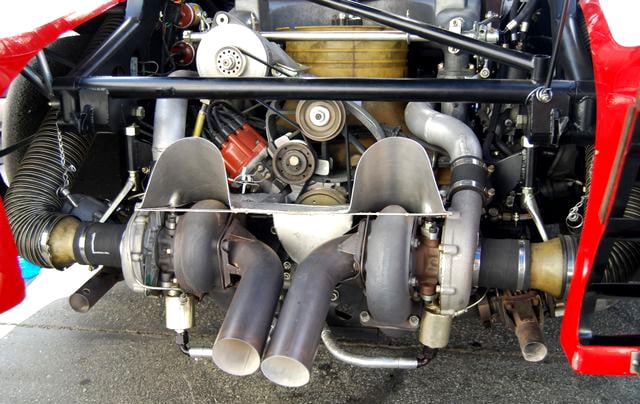
For instance, a six-cylinder motor has cylinders 1-3 powering the first turbo, while cylinders 4-6 are connected to the second turbo. These engines have a weaker bottom end but are known to pull hard in the midrange.
Some cars that use this setup include BMWs with the N54 engine and exotics like the Ferrari F40.
Sequential turbocharging is different and makes use of differently sized turbines. This design makes it easier to maintain the boost across a wider rev range. The smaller turbo functions at low rpm, while the larger turbo is active only at the top end.
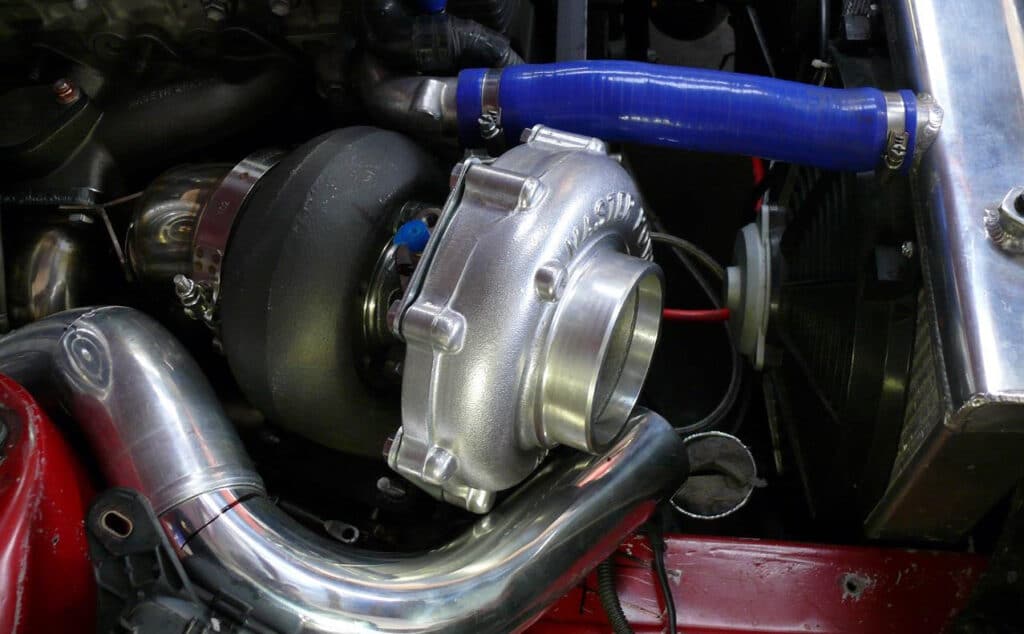
This design ensures quick response at lower engine speeds. And, as the revs build, the additional exhaust flow can be diverted to the bigger turbo, effectively keeping the engine under boost across the entire rev range.
Some cars with sequential twin-turbos include the MK III Toyota Supra and exotics like the Bugatti Chiron and Porsche 959.
Concluding Thoughts
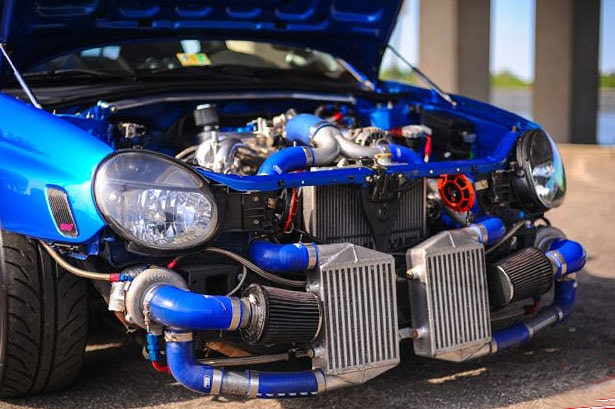
Turbochargers and superchargers both have several sub-types and categories that you should know about, especially if you’re seriously considering aftermarket forced induction for your car.
Both systems can run extremely hot, though intercoolers are most common on turbocharged cars.
We love big single turbos. What type of turbocharger is your favorite? Let us know by leaving a comment.
Don’t forget to read our guides to blow off valves, and turbo flutter, too!

